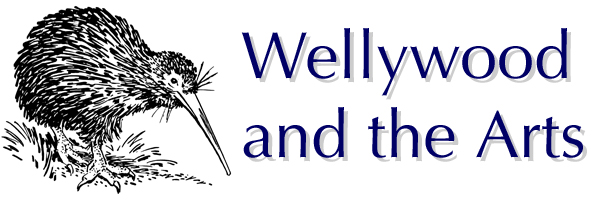
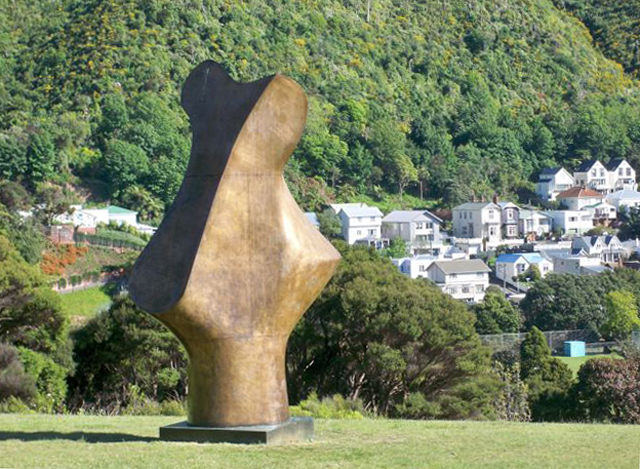
Our tour began with a hillside walk through the sculpture gardens of the Wellington Botanic Garden. This sculpture by Henry Moore looks over rows of historic hillside homes in the Thorndon district.
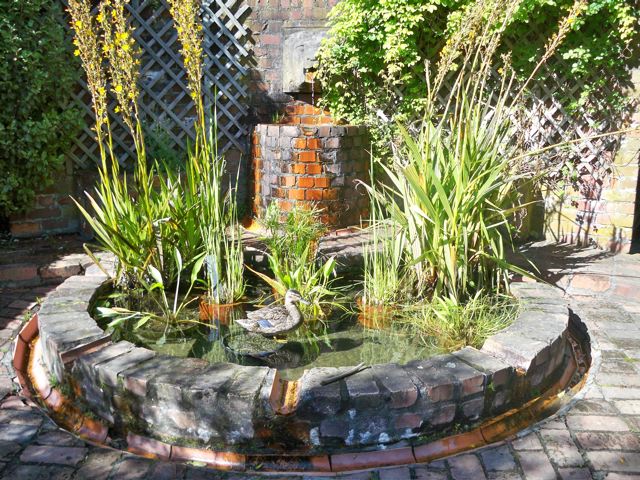
Along the way is this quiet sanctuary, where a duck walked up and posed for photos.
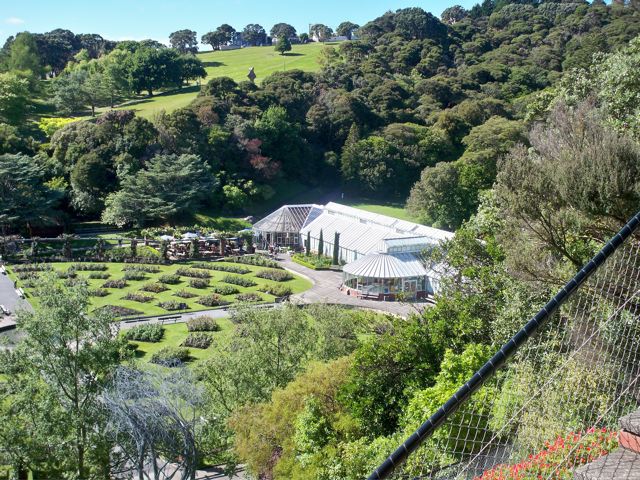
A view of the rose gardens and greenhouse. You can see the Henry Moore sculpture on the hillside above the gardens.
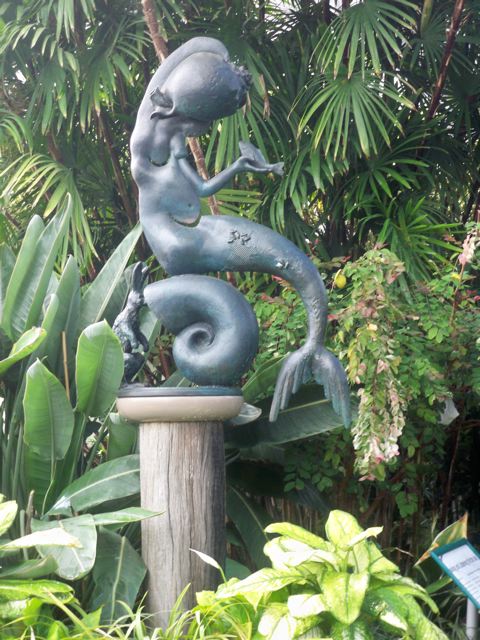
Inside the greenhouse.
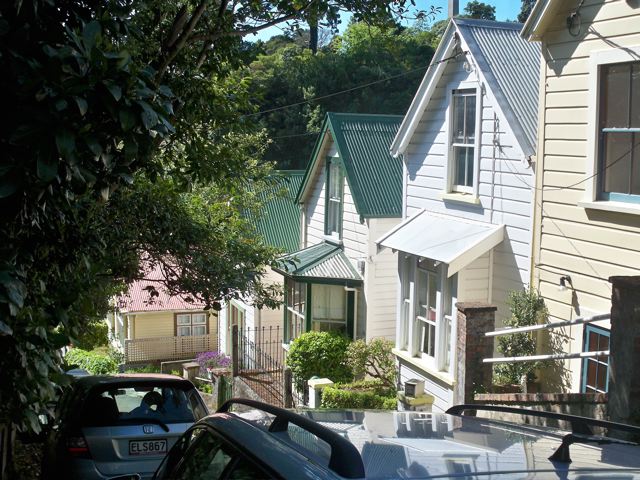
Turn of the century houses along the Thorndon Heritage Trail in Wellington's historic district.
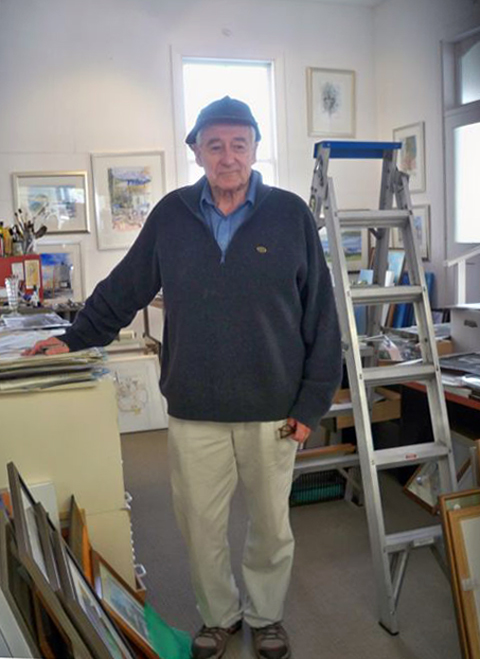
Michael Fowler, architect, artist, and former Wellington mayor, inside his shop workspace on historic Tinakori Road (Michael Fowler Gallery). Our convention was held at the Michael Fowler Convention and visitors Bureau, which he designed. He paints local scenery, including commissions.
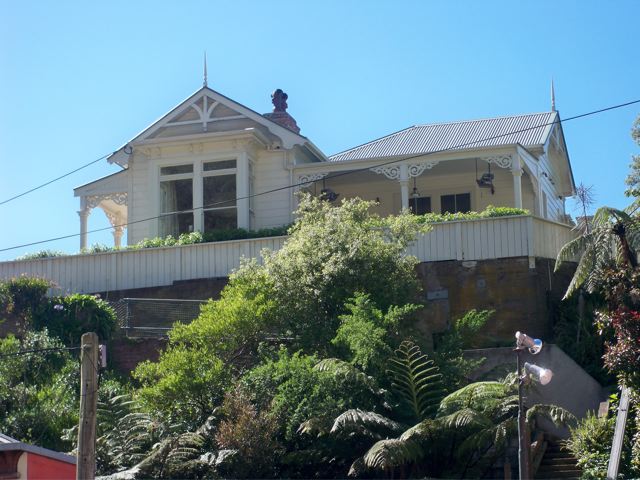
A beautiful gingerbread house in the Thorndon historic district. Our guide for the artists tour was also from Flat Earth New Zealand Experiences.
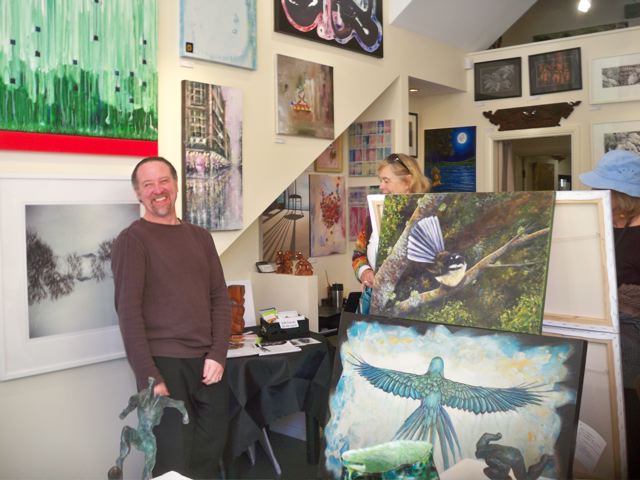
Norm Brown, co-founder of the Atrium Gallery on Tinakori Road. His wife, Ami (not present when we visited), envisioned the gallery as a place to showcase emerging artists. Her work is also on display in the gallery. The green painting over Norm's head is one of her works.
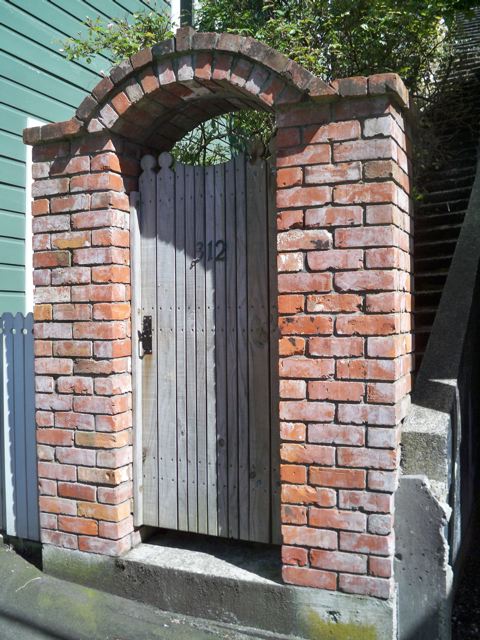
A picturesque gate leading to a house that needs a cable car. Hopefully, there is a back entrance, because it looked like about two hundred steep cement steps behind this gate.
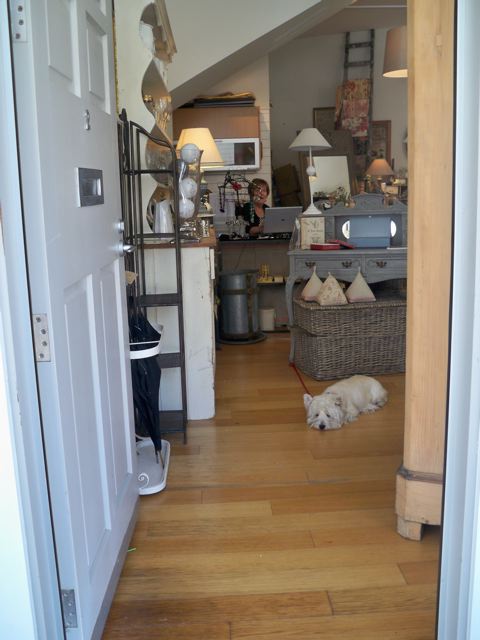
The Westie is not for sale, but the Tinakori Road shop has some inviting antiques. We also visited the Millwood Gallery on Tinakori Road, which is an art gallery and book shop.
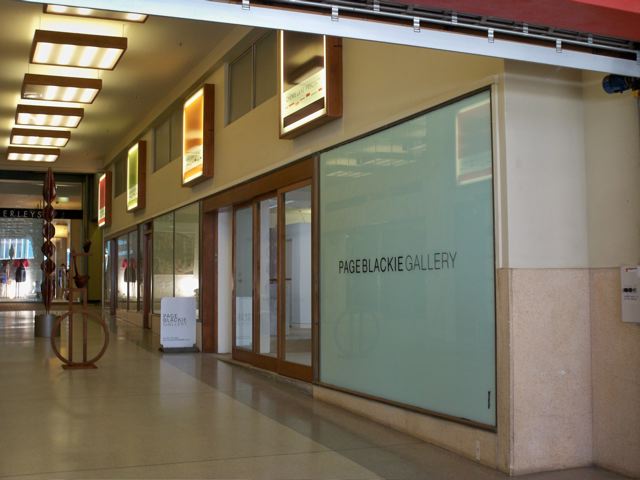
Moving on to another part of town, we visited several galleries. This is the Page Blackie Gallery.
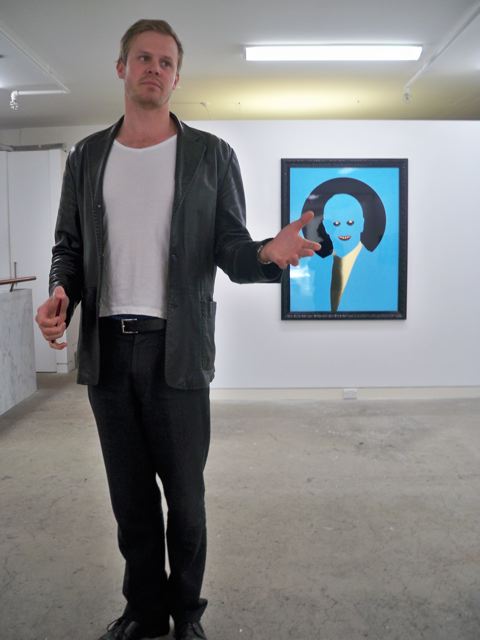
James Blackie, director, discusses the work of his showcased artist, Ngatai Taepa.
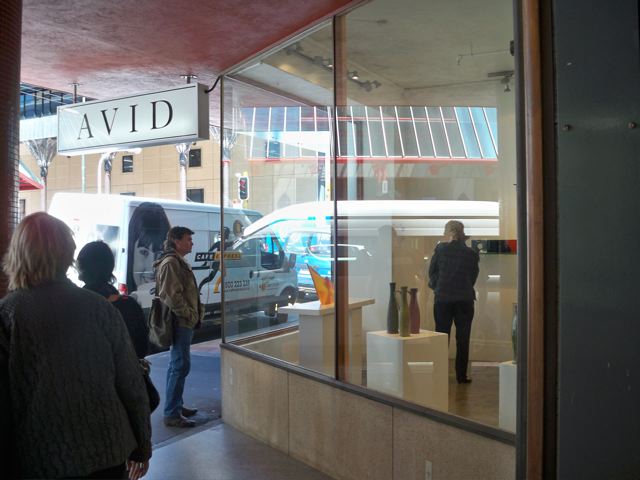
We also dropped into the Avid Gallery to see beautiful hand made jewelry and art objects.
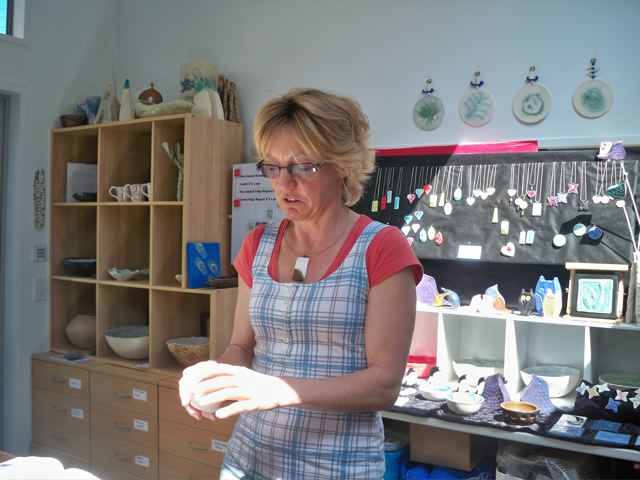
Nicola Dench, artist and instructor of the Clay Penguin Studio, gave us a pottery class. We visited her on 11/11/11 at 11:11 a.m. and she put us to work making things out of clay. At that hour of the morning, the sun was coming in at an angle that illuminated her hands. None of this was planned; it all happened spontaneously.
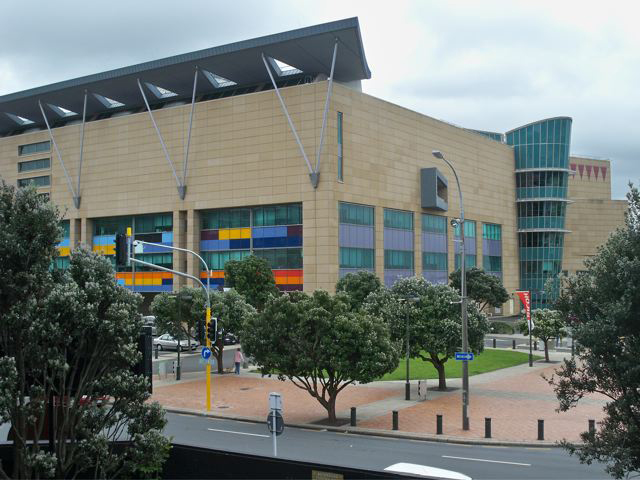
This is the national Museum of New Zealand, Te Papa Tongarewa. The Museum hosted our group of 450 people for the final night gala dinner event. Weta workshop co-founder Richard Taylor addressed our group, and actors from their studios were seen performing in the resounding halls of the museum before dinner.
|
Another dinner event was at The Rock, a convention space inside the Wellington airport. The Rock hosted a World of Wearable Art fashion show for us. We witnessed creations such as a living dream catcher outfit, a colorful sea creature dress, and the "American Dream—I'll get my kicks on Route 66," which was a car dress made out of vinyl, leather, paper mache, builders' foam, and plastic.
This photo of the American Dream, by New Zealand designer Sarah Thomas, appears with permission of World of Wearable Art. |
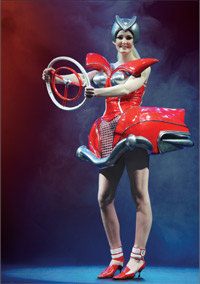
|
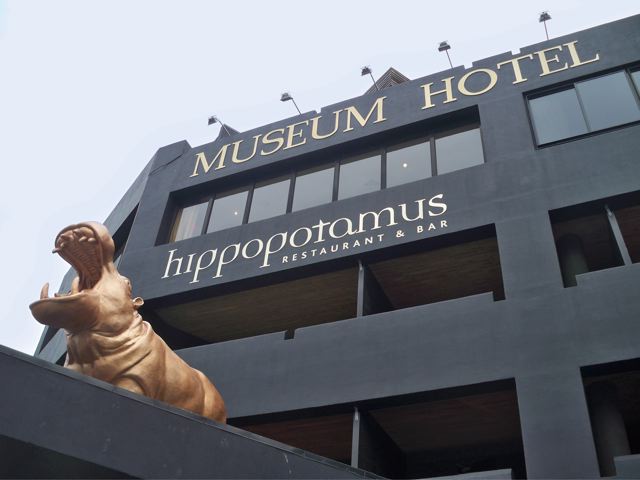
One of the great places to stay in Wellington is the Museum Art Hotel. We had lunch in the Hippopotamus Restaurant & Bar. They offered a delicious vegetarian green salad of roasted baby winter vegetables, watercress, and crumbled goat cheese, served with balsamic syrup and Wairarapa olive oil.
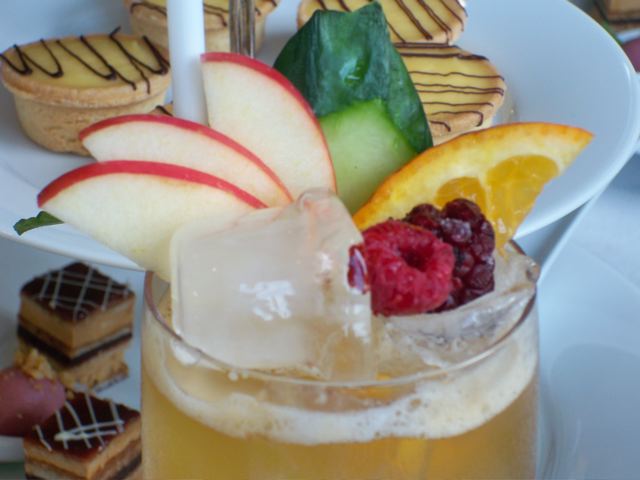
This is high tea at the Hippopotamus Bar. It takes a special kind of genius to make a cup of tea like that. This is the bartender and creator of the recipe.
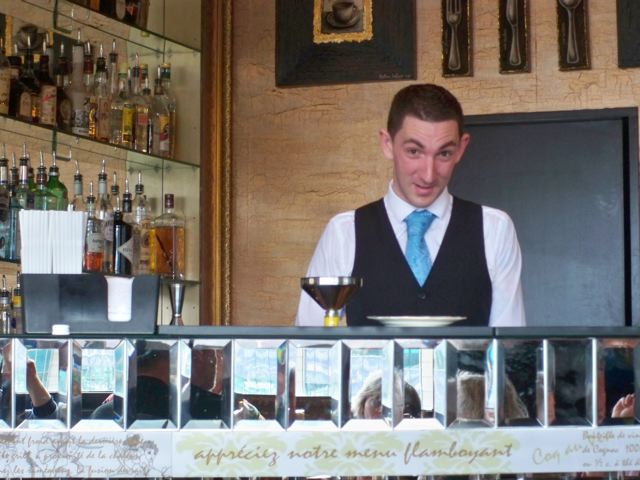
The hotel building once sat across the street, but was slated for demolition to make way for the Te Papa Museum. Chris Parkin, the hotel's manager at the time, asked the government to sell him the building, which he saved by moving it across the street.
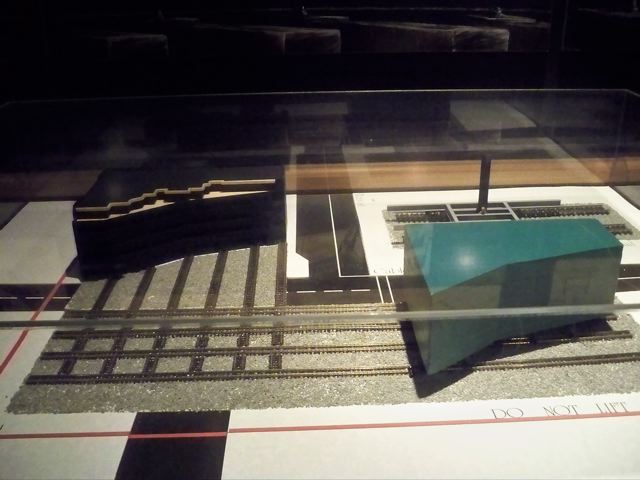
This model shows how they moved the building. They built train tracks to move it south, and tracks to move it across the street. Go to the museum website to learn more about moving the building.
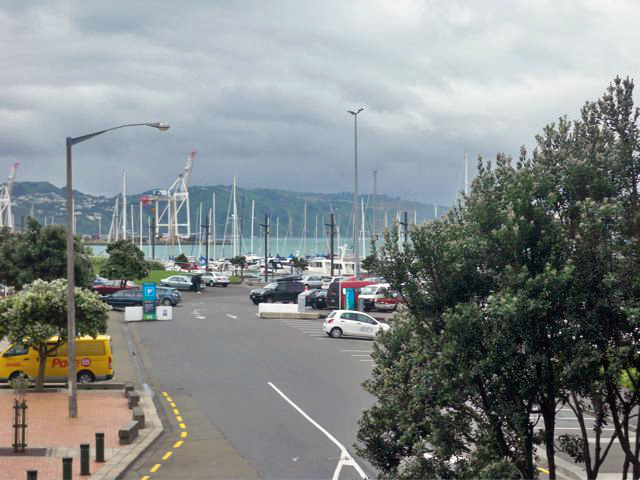
This is a prime location for a hotel, with a view of the marina.
